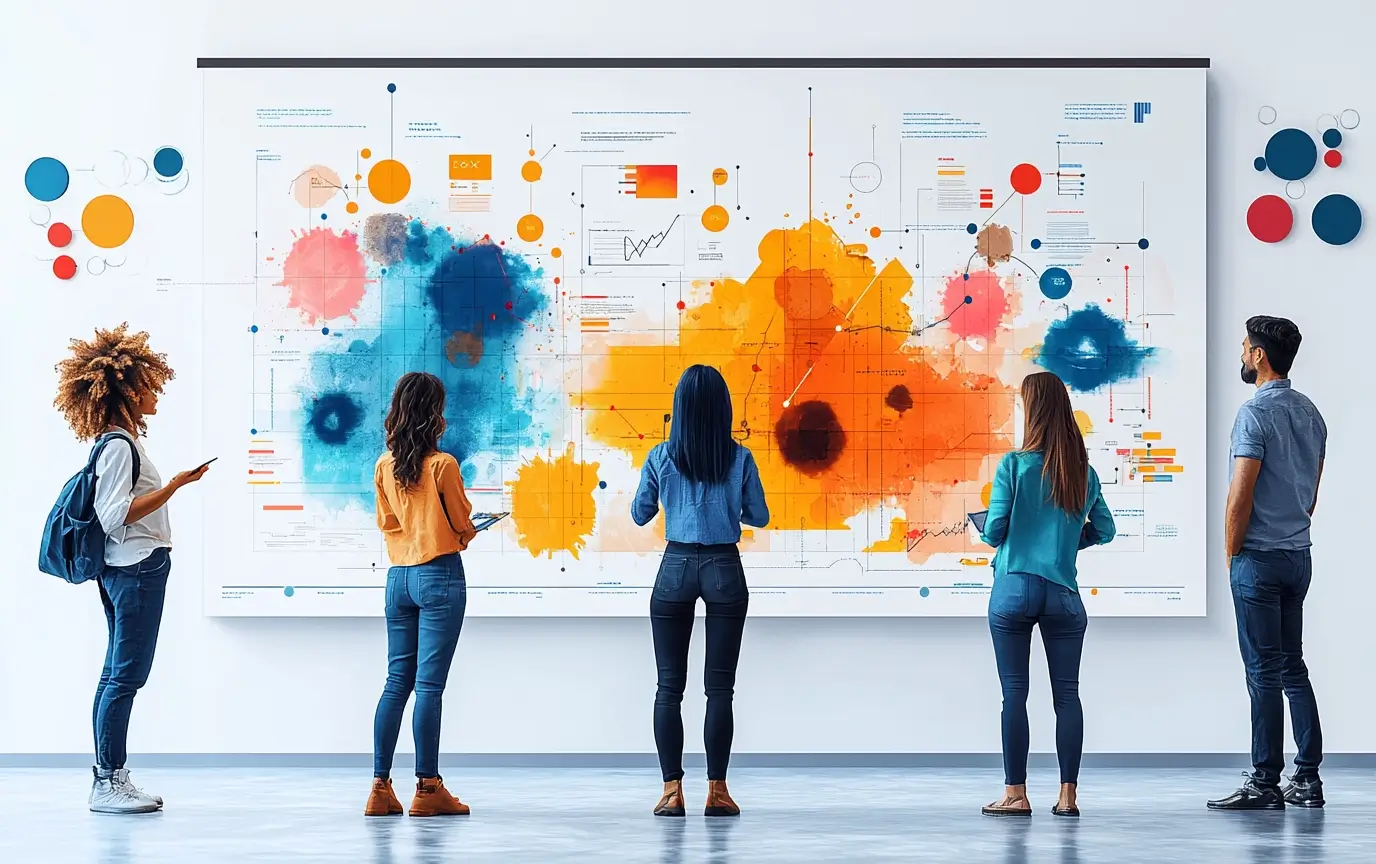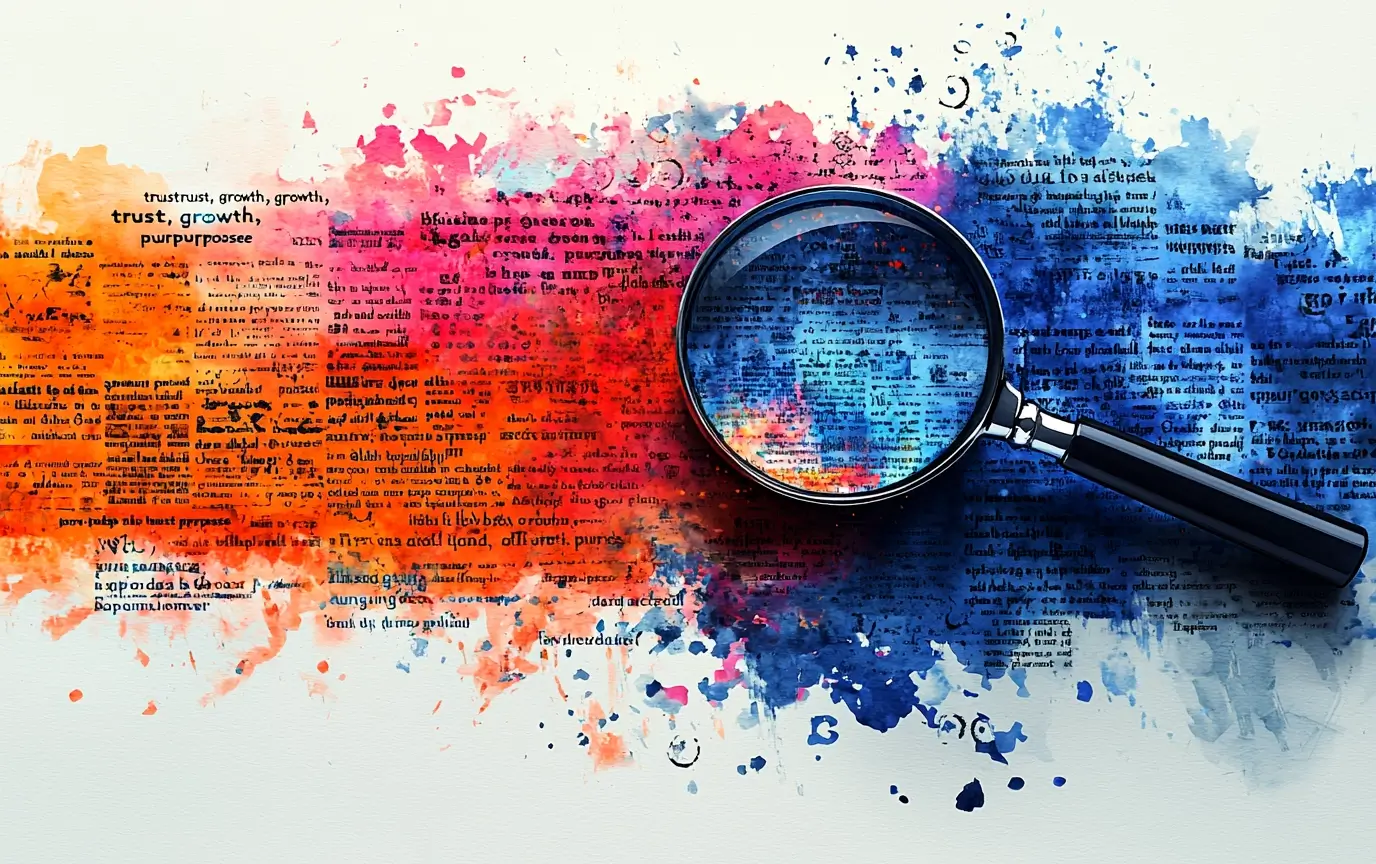Memory Conformity: Memory Influenced by Others

1. Introduction to Memory Conformity
Consider a scenario where you and a friend discuss a movie you both watched. Initially, you remember the plot differently, but after talking, your memories start to align. This phenomenon is known as Memory Conformity.
Memory Conformity occurs when a person's memory becomes influenced by the memories of others, often leading to shared or altered recollections. This bias can significantly impact customer experience, especially in environments where group dynamics or social interactions are at play. Understanding Memory Conformity is crucial in enhancing Customer Experience (CX) as it helps businesses anticipate how collective memories might shape perceptions and influence decisions.
2. Understanding the Bias
- Explanation: Memory Conformity occurs when individuals’ memories are influenced or altered by the memories of others, often leading to shared or distorted recollections.
- Psychological Mechanisms: This bias is driven by social interactions and the human tendency to seek consensus, which can cause individuals to unconsciously align their memories with those of others.
- Impact on Customer Behavior and Decision-Making: Customers influenced by Memory Conformity may develop altered memories of their experiences based on conversations or shared experiences with others.
Impact on CX: Memory Conformity can impact CX by shaping how customers recall and share their experiences, which can influence their future behavior and the perceptions of others.
- Example 1: After attending a restaurant with friends, a customer’s memory of the meal may become aligned with the group’s overall impression, even if their individual experience was different.
- Example 2: In a focus group setting, participants may adjust their recollections of a product based on the dominant opinions expressed by others.
Impact on Marketing: In marketing, Memory Conformity can be leveraged by creating shared experiences that positively influence collective memory, which can amplify word-of-mouth and brand loyalty.
- Example 1: A marketing campaign that encourages group activities, such as trying a new product with friends, can create positive collective memories that enhance brand perception.
- Example 2: Using testimonials or reviews in advertising can influence customers’ memories of their own experiences, aligning them with positive narratives.
3. How to Identify Memory Conformity
To identify the impact of Memory Conformity, businesses should track and analyze customer feedback, surveys, and behavior to understand how social interactions influence memory and perception.
- Surveys and Feedback Analysis: Conduct surveys asking customers about their memories of an experience and how discussions with others may have influenced their recollections. For example:
- "Did your perception of this experience change after discussing it with others?"
- "How do conversations with others affect your memory of products or services?"
- Observations: Observe group interactions, such as focus groups or social media discussions, to identify patterns where Memory Conformity influences collective recollections.
- Behavior Tracking: Use analytics to track customer behavior and identify trends where Memory Conformity impacts decision-making and loyalty. Monitor metrics such as social media engagement, review patterns, and word-of-mouth spread.
4. The Impact of Memory Conformity on the Customer Journey
- Research Stage: During the research stage, customers may form initial opinions based on the collective memories shared by others, which can shape their expectations.
- Exploration Stage: In this stage, Memory Conformity can guide customers as they seek validation from others, leading to shared or altered memories that influence their exploration of options.
- Selection Stage: During the selection phase, customers may choose products or services based on collective memories or the influence of group opinions, rather than solely on their personal experiences.
- Loyalty Stage: Post-purchase, Memory Conformity can influence customer satisfaction and loyalty, as shared memories with others reinforce their positive or negative perceptions.
5. Challenges Memory Conformity Can Help Overcome
- Enhancing Collective Experiences: Understanding Memory Conformity helps businesses create group-oriented marketing strategies that foster positive collective memories.
- Improving Social Proof: By recognizing this bias, businesses can leverage social proof to influence how customers remember and talk about their experiences, enhancing brand reputation.
- Building Trust: Leveraging Memory Conformity can build trust by aligning individual memories with positive group narratives, leading to stronger customer relationships.
- Increasing Word-of-Mouth: Encouraging shared positive experiences can amplify word-of-mouth and reinforce brand loyalty through collective memory alignment.
6. Other Biases That Memory Conformity Can Work With or Help Overcome
- Enhancing:
- Bandwagon Effect: Memory Conformity can enhance the bandwagon effect, as customers align their memories with the dominant group opinion, reinforcing group behaviors.
- Social Proof: Customers may conform their memories to align with perceived social proof, further validating the group consensus.
- Helping Overcome:
- Confirmation Bias: By encouraging open discussions, businesses can help customers challenge their initial biases and consider alternative perspectives, reducing the impact of confirmation bias.
- Cognitive Dissonance: Aligning memories with positive group experiences can help resolve cognitive dissonance, leading to more consistent and positive brand perceptions.
7. Industry-Specific Applications of Memory Conformity
- E-commerce: Online retailers can encourage customer reviews and discussions that reinforce positive memories of products, influencing future customer perceptions.
- Healthcare: Healthcare providers can promote group therapy sessions or community discussions that help patients align their memories with positive outcomes.
- Financial Services: Financial institutions can leverage testimonials and peer discussions to influence how customers remember and perceive financial products and services.
- Technology: Tech companies can create user communities where customers share positive experiences, reinforcing memory conformity and brand loyalty.
- Real Estate: Real estate agents can encourage group tours or community events that help potential buyers form positive collective memories of properties.
- Education: Educational institutions can foster group study sessions or alumni events that reinforce positive memories of the educational experience.
- Hospitality: Hotels can create group-oriented experiences, such as events or activities, that leave guests with shared positive memories, enhancing brand loyalty.
- Telecommunications: Service providers can leverage customer forums or social media groups where positive experiences are shared and reinforced through memory conformity.
- Free Zones: Free zones can promote success stories of businesses that have thrived in the zone, encouraging other companies to align their memories with these positive outcomes.
- Banking: Banks can encourage customers to share their positive experiences with financial products in group settings, influencing how others perceive and remember their own experiences.
8. Case Studies and Examples
- TripAdvisor: TripAdvisor reviews often influence how travelers remember their own experiences, aligning individual memories with the broader group consensus.
- Apple: Apple user communities frequently discuss their experiences with products, leading to shared memories that reinforce positive brand perceptions.
- Peloton: Peloton’s online community fosters shared workout experiences, where members’ memories of their fitness journeys are influenced by the group’s positive narratives.
9. So What?
Understanding Memory Conformity is vital for businesses looking to enhance their Customer Experience (CX) strategies. By recognizing and leveraging this bias, companies can create group-oriented experiences that positively influence how customers remember and talk about their interactions with the brand. This approach helps build stronger customer relationships, enhance word-of-mouth, and reinforce brand loyalty.
Incorporating strategies to address Memory Conformity into marketing, product design, and customer service can significantly improve customer perceptions and interactions. By understanding and leveraging Memory Conformity, businesses can create a more cohesive and satisfying CX, ultimately driving better business outcomes.
Moreover, understanding and applying behavioral economics principles, such as Memory Conformity, allows businesses to craft experiences that resonate deeply with customers, making interactions more memorable and positively influential.
Check Renascence's Signature Services

Behavioral Economics
Discover the power of Behavioral Economics in driving customer behavior.

Mystery Shopping
Uncover hidden insights with our mystery shopping & touchpoint audit services.

Experience Design
Crafting seamless journeys, blending creativity & practicality for exceptional experiences.
Experience Loom
Discover the latest insights from industry leaders in our management consulting and customer experience podcasts.
The Naked Customer. Episode 3. Customer Loyalty, Brand Loyalty & CX
In this episode of The Naked Customer Podcast, host Aslan Patov is joined by JD Ackley, CEO of RAIZOR AI, to explore the evolving role of AI in customer experience (CX) and its impact on automation, job security, and creativity.
In this episode of The Naked Customer Podcast, host Aslan Patov is joined by Mark Hamill, CEO & Co-founder of ARCET Global, to explore the evolution of Customer Experience (CX) and its growing role in business transformation.
In this episode of The Naked Customer Podcast, host Aslan Patov is joined by Mark Hamill, CEO & Co-founder of ARCET Global, to explore the evolution of Customer Experience (CX) and its growing role in business transformation.
In this episode of The Naked Customer Podcast, host Aslan Patov is joined by JD Ackley, CEO of RAIZOR AI, to explore the evolving role of AI in customer experience (CX) and its impact on automation, job security, and creativity.
Experience Journal's Latest
Stay up to date with our informative blog posts.
%20in%20Healthcare.%20A%20Cure%20for%20Patient%20Pain%20Points.webp)
Customer Experience (CX) in Healthcare: A Cure for Patient Pain Points
%20Trends%20in%202026.%20What%20to%20Expect.webp)
Digital Transformation (DT) Trends in 2026: What to Expect

Behavioral Economics for Business: How Companies Use It Every Day
%20How-To.%20Practical%20Tips%20That%20Work.webp)
Employee Experience (EX) How-To: Practical Tips That Work
.webp)
The Critical Factors Influencing Employee Experience (EX)
%20Jobs.%20How%20To%20Succeed%20in%202025.webp)
Remote Employee Experience (EX) Jobs: How To Succeed in 2025
%20for%20SMEs%20in%20the%20Middle%20East.%20What%20Works%20and%20What%20Fails.webp)
Customer Experience (CX) for SMEs in the Middle East: What Works and What Fails

Why CX Starts With EX in 2026: Culture, Connection, Performance
%20Wheel.%20Mapping%20Outcomes.webp)
The Employee Experience (EX) Wheel: Mapping Outcomes

Behavioral Economics Can Best Be Described As "Psychology Meets Economics"

Behavioral Economics Is More Than Just Numbers

Behavioral Economics Explains Why People Are Irrational: And What to Do About It

Is Behavioral Economics Micro or Macro? Understanding Its Scope
%3F%20Strategies%20for%20Modern%20Organizations.webp)
How McKinsey Approaches Employee Experience (EX)? Strategies for Modern Organizations

Behavioral Economics Is Dead: Debates on Its Future
%20Leader%20Do%3F.webp)
What Does an Employee Experience (EX) Leader Do?
%20Leader%20Do%3F.webp)
What Does an Employee Experience (EX) Leader Do?
%20Is%20Important%20in%202026.webp)




